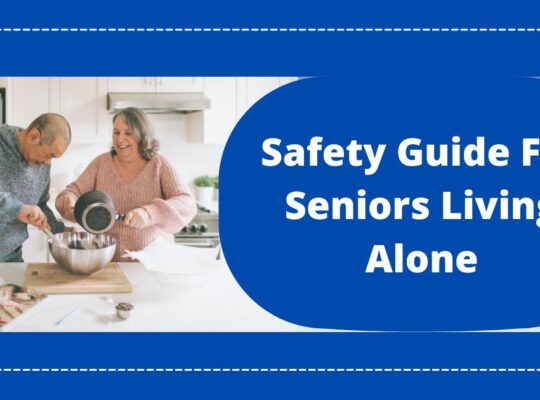For many of us, as we age, we start to worry about falls. Many of us know someone who has experienced a significant decline following a fall. There is also the risk for fractures, which can lead to mobility problems and require surgery. This can be something that we grow to fear. But fear not friends, there are solutions. Most falls happen at home (up to 60%) in the living room or bedroom. So, it makes sense that to decrease risk for falls, we should think about how our homes are set up. The following are 7tips for how to prevent falls in your home.
1. Make sure you have good lighting.
As we age, pupil dilation does not occur as rapidly, which makes it more difficult to see in dark spaces. Always have a night light when getting up in the night to prevent trips in your bedroom. Make sure that you have lights along the hallways and especially near any thresholds. Keep your cellphone or a flashlight near your bed in case the power goes out or there is another emergency.
2. Keep areas where you walk tidy.
Try to keep object placement in the house consistent so that you don’t forget something has been moved and end up tripping over it. Make sure that shoes, clothes, and other objects are put away on a shelf or in a hamper. Make sure that cords are tucked out of the way to minimize risk of catching your foot. If you have pets, be aware of where they are before you step so that you don’t trip over them.
3. Be careful of rug placement and crossing thresholds.
Check that all carpets are fixed firmly to the floor so they won’t slip or pull up as you walk over them. Any large bumps in the carpet can be a tripping hazard. Put no-slip strips on tile and wooden floors to maintain traction. Don’t use throw rugs unless they are secured to the floor with double sided carpet tape. If you use any type of walking aid or assistive device, be careful that they don’t get tangled up in your rugs and roll them up causing you to stumble.
4. Make sure your bathroom is accessible.
Use non-skid bath mats inside and outside of the tub to prevent slipping. If you have a high tub that is difficult for you to step into, install a grab bar to ensure that you can maintain your balance. Many of our clients have difficulty standing for longer periods of time or are afraid that they will lose their balance when looking up to wash their hair. If this is you, consider using a shower chair so that you have the option to sit down.
5. Set up your kitchen for safety.
Just like in the bathroom, ensure that mats are all non-skid. Arrange your kitchen so that your most commonly used objects are at eye level on shelves. If this isn’t possible, you can use a reacher to get objects off of higher or even lower shelves.
6. Make sure your stairs are optimal.
Clear any objects from stairs so that you can reach handrails. If possible, have handrails installed on both sides of the stairs. To carry an object up, try to hold it in one hand so that your view of the stairs is not blocked.
7. Get a balance assessment from a professional.
If you are concerned about falling, it is always good to get a balance assessment from a professional who is trained in the components of balance. This way, you can understand where any vulnerabilities are and create a tailored plan to stay safe. A physical therapist is a great option for this. We are happy to assist in person or virtually with this. Book a call to find out how.
These tips are a large part of the equation of preventing falls, but training your balance systems and regaining strength is also equally important. While falls are not always entirely preventable, as you can see, there are numerous ways to make your home safer for you to navigate as your mobility and needs change.



